yeovil at war
Royal Observer Corps
Later part of 'Civil Defence'
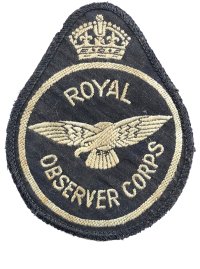 The
Royal Observer
Corps (ROC) was
a civil defence
organisation
intended for the
visual
detection,
identification,
tracking and
reporting of
aircraft over
Great Britain.
The
Royal Observer
Corps (ROC) was
a civil defence
organisation
intended for the
visual
detection,
identification,
tracking and
reporting of
aircraft over
Great Britain.
It operated in the United Kingdom between 29 October 1925 and 31 December 1995, when the Corps' civilian volunteers were stood down. Composed mainly of civilian spare-time volunteers, ROC personnel wore a Royal Air Force (RAF) style uniform and latterly came under the administrative control of RAF Strike Command and the operational control of the Home Office.
Civilian volunteers were trained and administered by a small cadre of professional full-time officers under the command of the Commandant Royal Observer Corps. The Yeovil group was originally formed in 1938 as No 22 Group and was located in Princes Street, Yeovil. It was relocated to Southwoods in 1941 where a two-level brick Operations Centre with two single-storey prefabricated wings was built.
After the war, the group was redesignated as 9 Group in 1953. When protected accommodation was required it was built into the side of a hill at the rear of the existing site. Administration was housed in the former 1941 prefabricated buildings although the WWII Operations Room was demolished when the new bunker was built.
After stand-down, Yeovil Group HQ was retained by the Home Office, acting as a nodal point for the Emergency Communications Network which was established there in July 1993 under the guise of G-CAT Computer Centre. This included the installation of a new SX2000 ECN unit, two computer terminals and a second standby generator. Sometime in the mid-1990s the site was offered for sale. After the council refused planning permission for four houses on the plot, the sale was abandoned and the centre remained in use until the spring of 2001.
After standing empty for eight years the site was eventually sold to a property developer who stripped all the earth cover from the top and front of the bunker and refurbished it as a luxury residence.
gallery

Royal Observer Corps, Southwoods, Yeovil - outside. The original 1941 administration block stands in the centre of the site with the new 1963 bunker at the western end. It is of the semi-sunken variety consisting of three floors. The small upper floor is contained within a small concrete blockhouse, often referred to as an ‘Aztec Temple’. The middle floor is at ground level but mounded over and grassed with a concrete retaining wall on the east side to prevent slippage. The bottom floor is completely below ground.
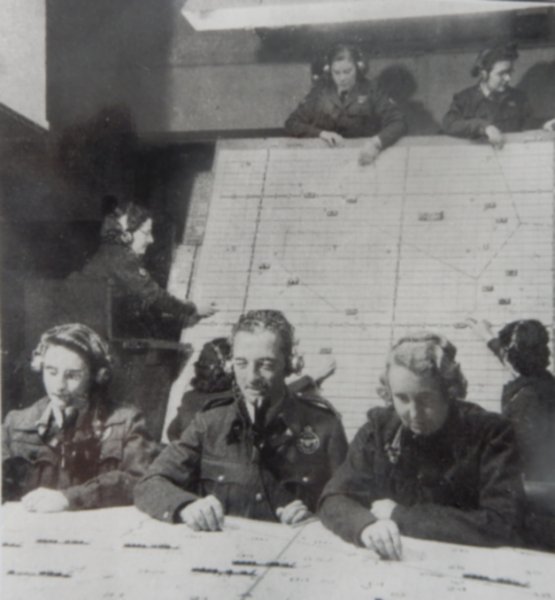
Courtesy of Jack
Sweet
Royal Observer Corps, Southwoods, Yeovil - inside.
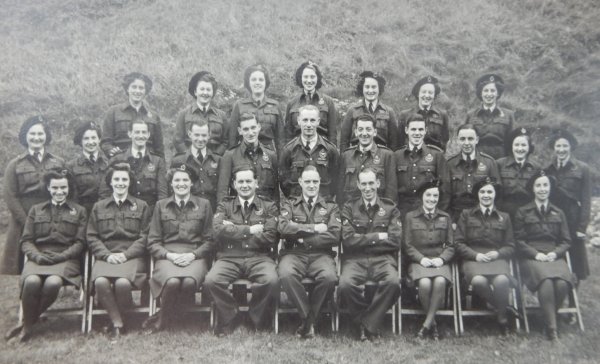
Courtesy of Jack
Sweet
Royal Observer Corps, Yeovil, during World War II.
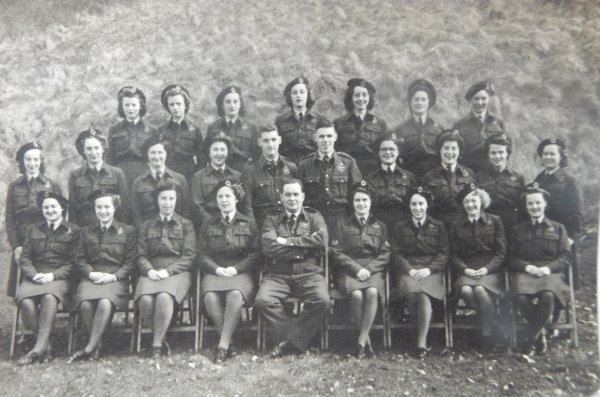
Courtesy of Jack
Sweet
... and a different group of Royal Observer Corps, Yeovil, during World War II.
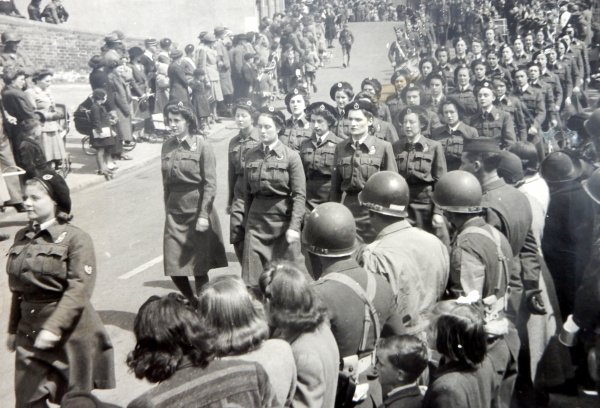
Courtesy of Jack
Sweet
Ladies Section of the Royal Observer Corps parade along Huish as part of the VE Day Plus 1 morning parade of 9 May 1945. Note the GIs in the foreground.

The former Royal Observer Corps, Southwoods, has now been converted into a luxury home.